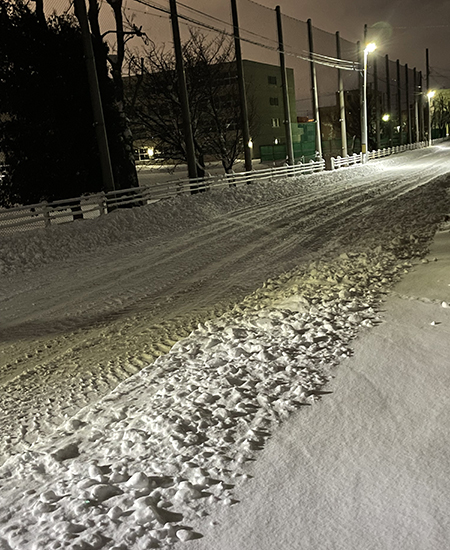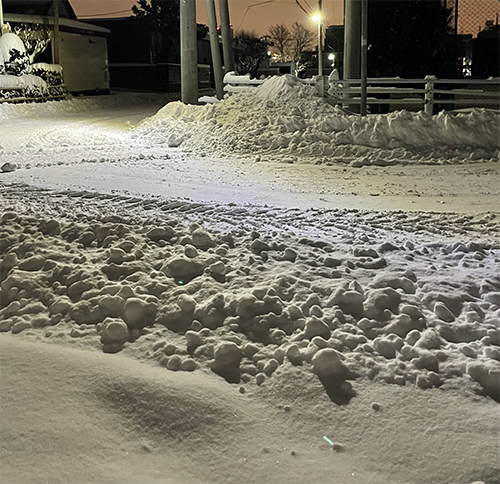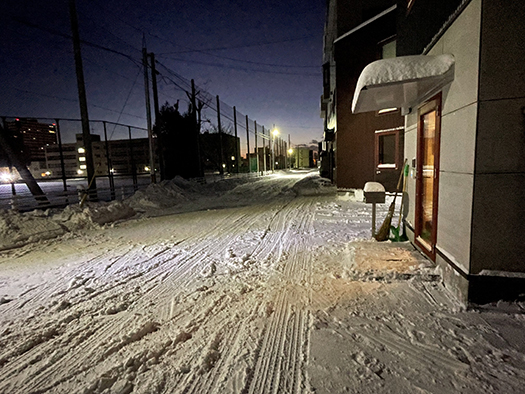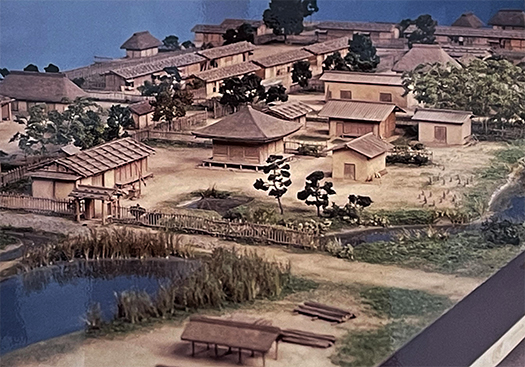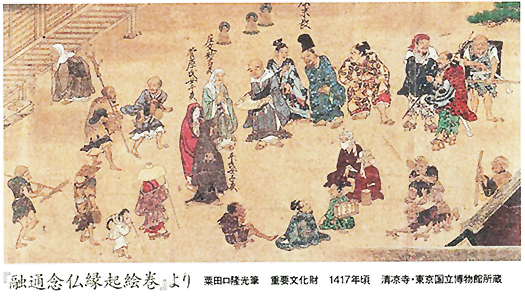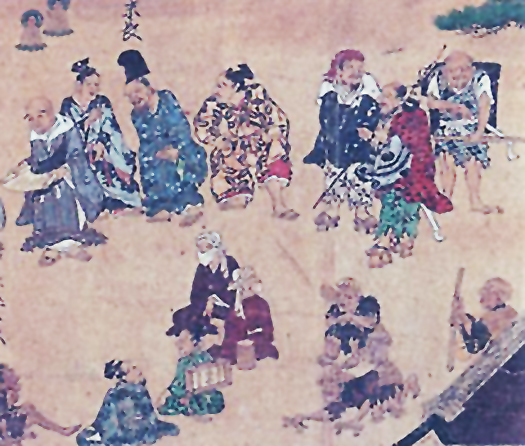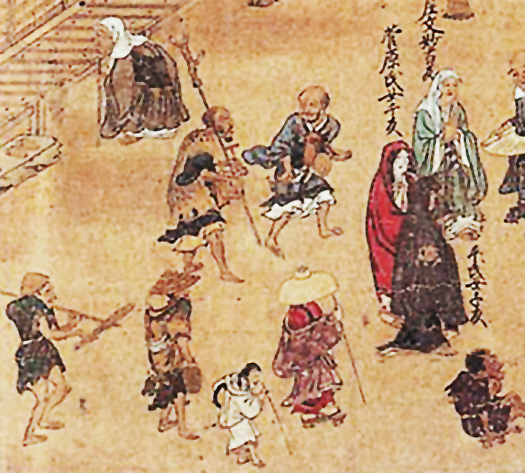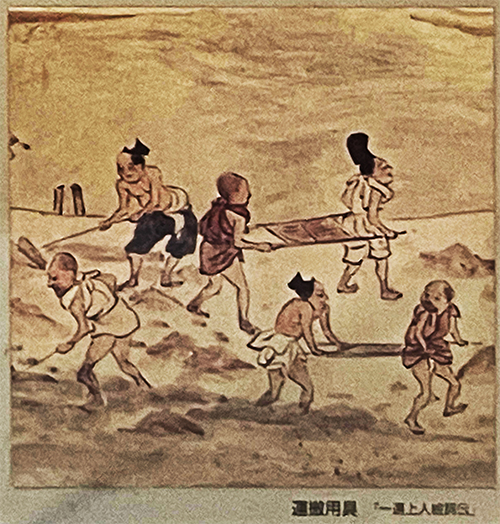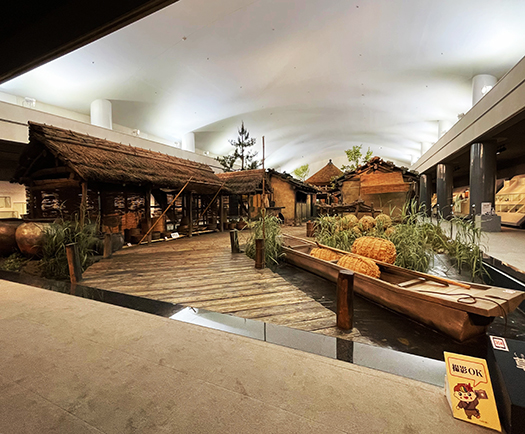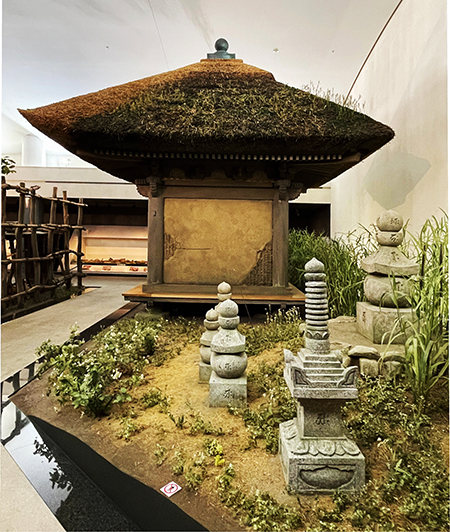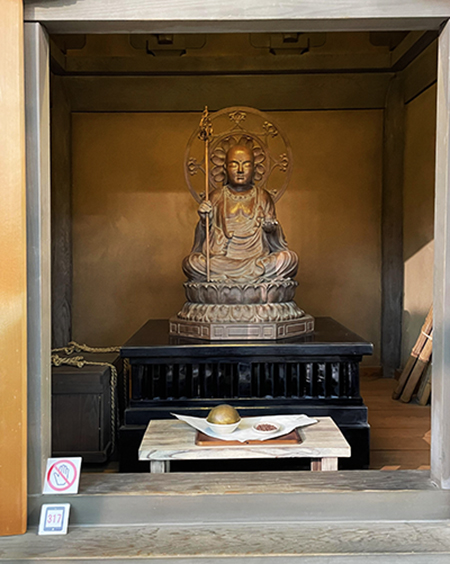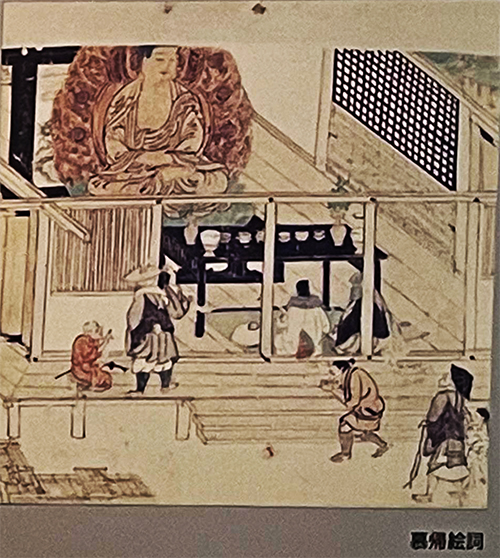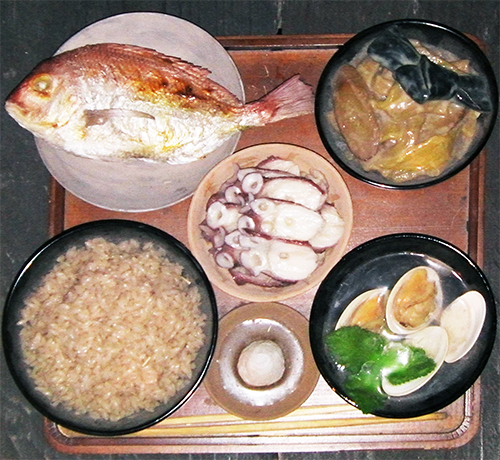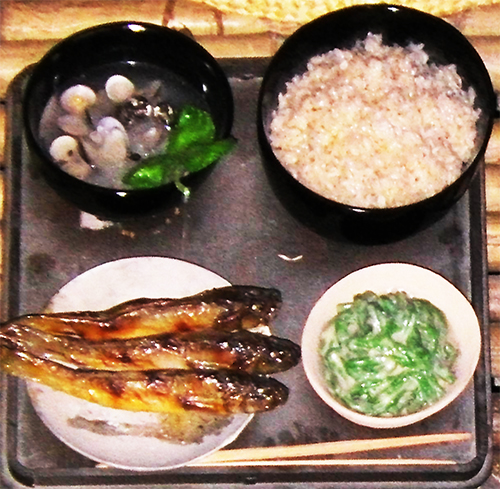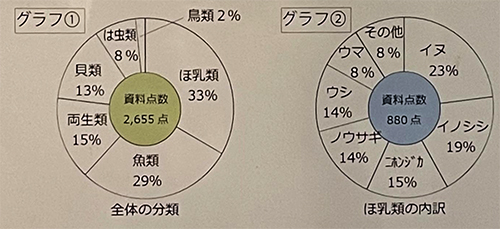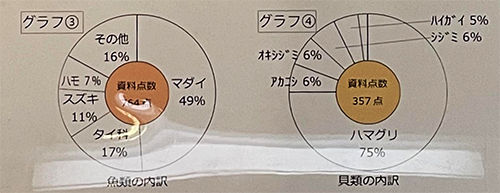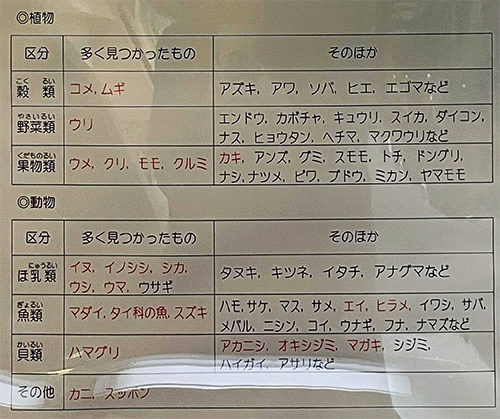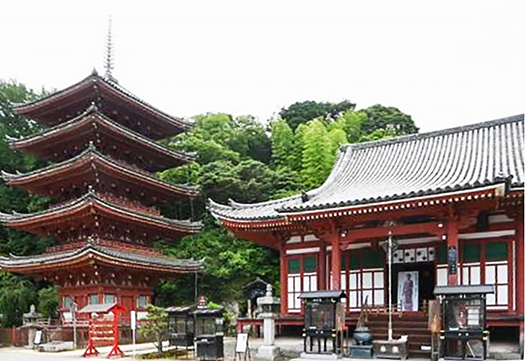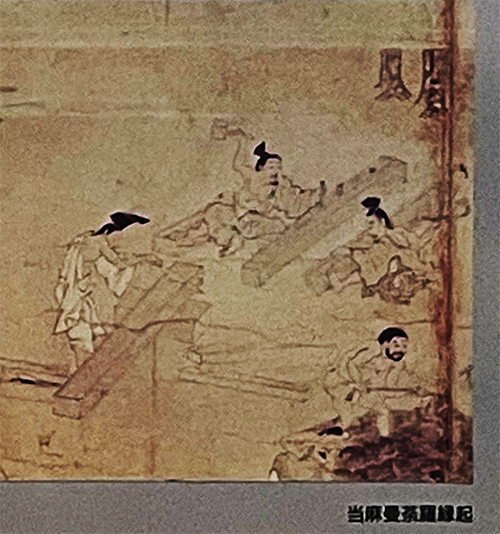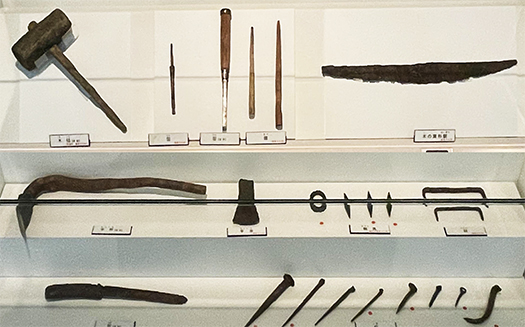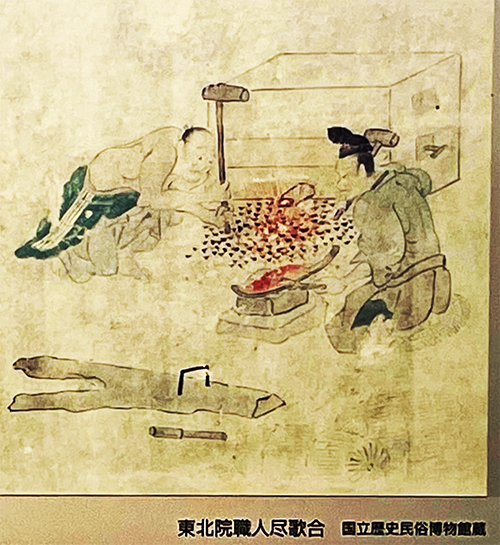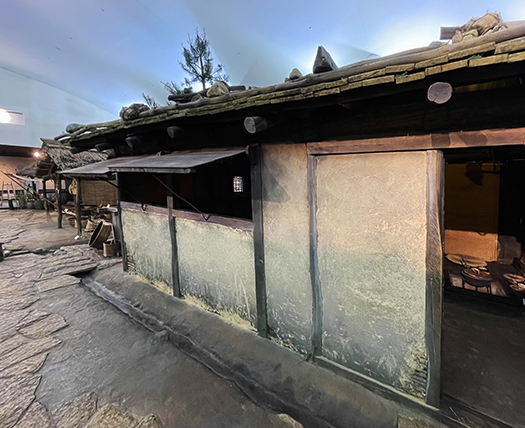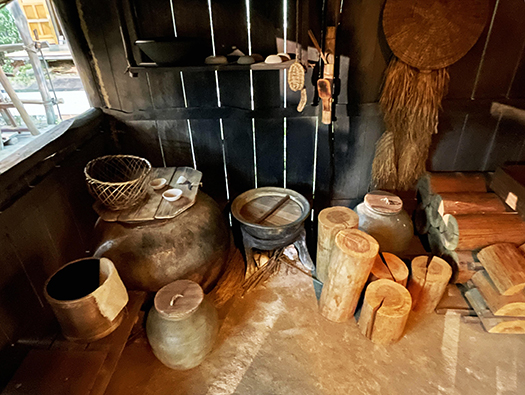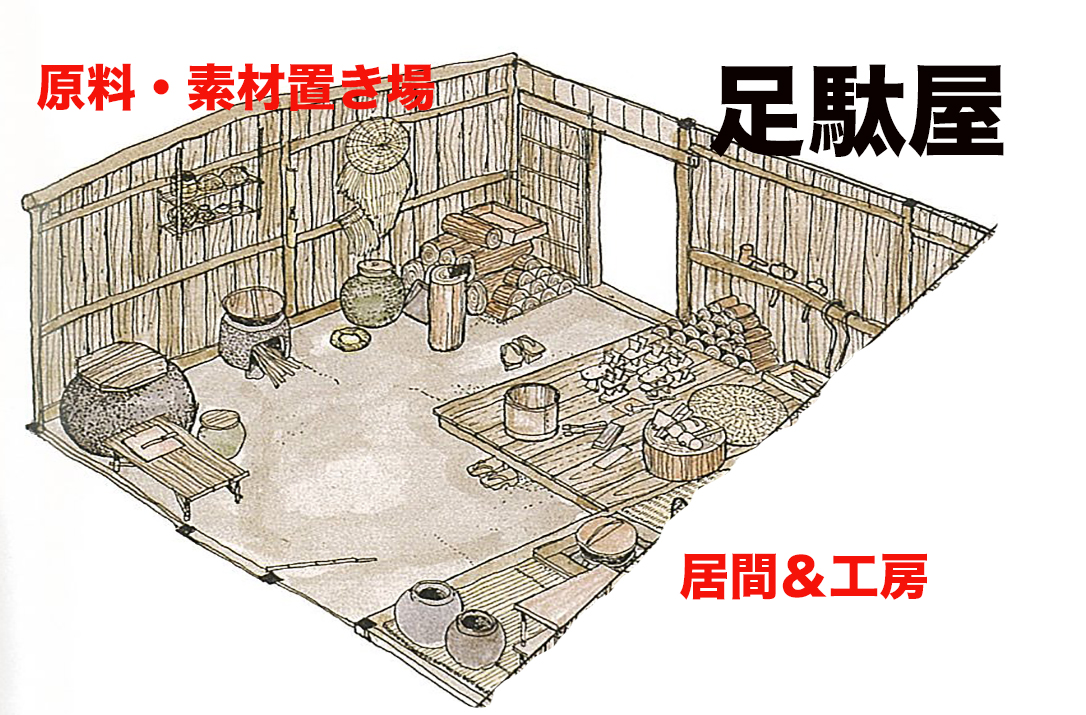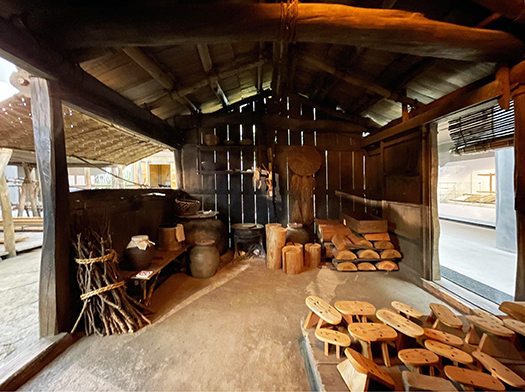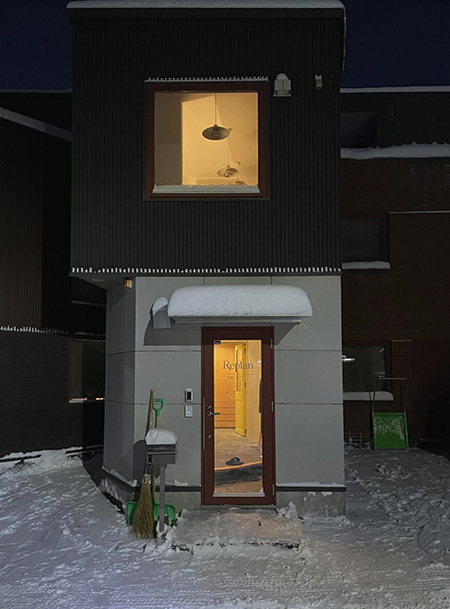
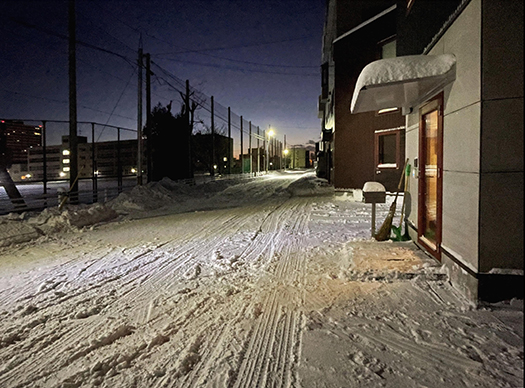
さてきのうは久しぶりのちいさな「ドカ雪」体験。わが家周辺での積雪の深さは気象庁の発表する「札幌市の積雪深」では25cmという発表。体感的には通常の冬場の「そこそこの降雪感」で実質的にはこの冬はじめての本格的な「雪かき」だったわけです。
で、きのうはそういう雪かき作業で北国人はどういう心理でそれに対応して行くか、というポイントで報告した次第。わが家周辺ではみなさんそれぞれに除雪作業に取り組まれていた。知らず知らず、そういった光景を見ることで、いろいろな情報が交換されていることに気付きます。言うまでもなく、毎年冬場にはこういった光景が繰り返されてくるので、ご近所の様子が無言で伝わってくるものなのですね。
本当はわが家は32年前に新築したときにロードヒーティングを付設して,煉瓦敷きの路面下には温水循環パイピングがしてある。実際に1−2年の間は稼動させていたのですが、路面融雪させ続けるには「完璧に雪が融ける」状態を維持し続ける必要がある。その場合、降雪の時間を予測して準備運転し続ける必要がある。降雪センサーというものも設置したけれど、現実にはなかなか期待通りの運転状況にはならない。そういうことで「安全側」運転判断で動かすことになると、かかる灯油代金がコントロールしにくいということになってしまうのですね。
実際問題としては駐車場として使っているワケなので、駐車に支障がなければ多少の圧雪があってもまったく問題はない。さらにロードヒーティングで融雪しても、敷設していない公共道路との境界線がむしろ露出して、そこでは路面状況を平準化させるために除雪作業は入念に行っていく必要がある。
そういったことから、潔く当初判断を棄却して、人間の判断力センサーでの人力除雪の方が合理的となっていったのですね。隣家などでもみなさん似たような状況でした。
写真のようなわが家の外観光景ですが、床面の煉瓦敷き込みはこのように薄い圧雪で見えなくなりますが、それはそれで、ときどき融雪面がでてくるときにオモシロい美感が生まれる。「おお、元気だったか」みたいな邂逅感があったりするので悪くはない。外観的には、写真のような「うっすら雪化粧」という雰囲気が生成されてくる。なんか季節感と正直に調和しているように思える。
北海道、北国の住宅の隠れた愛着感のひとつを構成しているように感じさせられる。わが家の素材構成、カラーリングなどではやはり「雪との対話」みたいなことを意識した。毎年冬の雪化粧を確認することで、そういうこと自体が「愛着の契機」になる。
そこそこ32年ほどのすまい実感ですが、だんだん「数寄」になっている自分がいる。
そんなちょっとヘンな愛着感もあり得るのではないかと妄想しております(笑)。家はいろいろな楽しみを気付かせてくれるものではないでしょうか?
English version⬇
Snow removal may be a trigger for attachment to the house…
The “dialogue” between northern houses and snow is a fate that cannot be escaped. Is it a challenge to be overcome, or a flexible response? It is also a matter of attachment to the climate. …
Yesterday was the first time in a long time that we experienced a small “snow flurry. The depth of snow around our house was 25 cm according to the “depth of snowfall in Sapporo” announced by the Japan Meteorological Agency. In terms of physical sensation, it felt like a normal winter snowfall, but in reality, this was the first time I had to shovel snow this winter.
So, yesterday, I reported on the mentality of northern people in dealing with such snow shoveling work. Around my house, everyone was engaged in snow removal work in their own way. Unknowingly, we realize that a lot of information is exchanged through such scenes. Needless to say, this kind of scene is repeated every winter, so it is a silent reminder of what is going on in our neighborhood.
The truth is that when our house was newly built 32 years ago, road heating was attached and there is hot water circulation piping under the brick-paved road surface. We actually had it running for 1-2 years, but in order to keep the road surface melting snow, we need to keep the “perfect snow melt” conditions. In this case, it is necessary to predict the time of snowfall and keep running in preparation. We have installed snowfall sensors, but in reality, the operating conditions are not always as expected. So when we have to make “safe side” driving decisions, it is difficult to control the cost of the kerosene.
In reality, the parking lot is being used as a parking lot, so there is no problem if there is some compacted snow as long as it does not interfere with parking. Furthermore, even if the snow is melted by road heating, the boundary with the public road that has not been paved is rather exposed, and snow removal work must be carefully carried out there to level the road surface condition.
So, for these reasons, the initial decision was gracefully dismissed and human-powered snow removal using human judgment sensors became more reasonable. Everyone was in a similar situation at neighboring houses, etc.
The exterior of my house looks like the photo, but the brick flooring is obscured by the thin layer of compacted snow, which gives it an interesting beauty when the melted snow surface appears from time to time. This is not a bad thing, as there is a sense of encounter, as if to say, “Oh, how are you? In terms of appearance, the “lightly covered with snow” atmosphere is generated, as shown in the photo. It seems to be honestly in harmony with the sense of the season.
It makes me feel as if it constitutes one of the hidden attachment feelings of houses in Hokkaido and northern Japan. In the material composition and coloring of our house, we were conscious of a kind of “dialogue with the snow. By checking the snow cover every winter, it becomes an “opportunity for attachment” in itself.
I have been living in this house for about 32 years, and I find myself becoming more and more “sukiyori.
I fantasize that it is possible to have such a strange sense of attachment (laughs). Houses can make us realize various kinds of enjoyment, can’t they?
Posted on 12月 28th, 2023 by 三木 奎吾
Filed under: 未分類 | No Comments »


